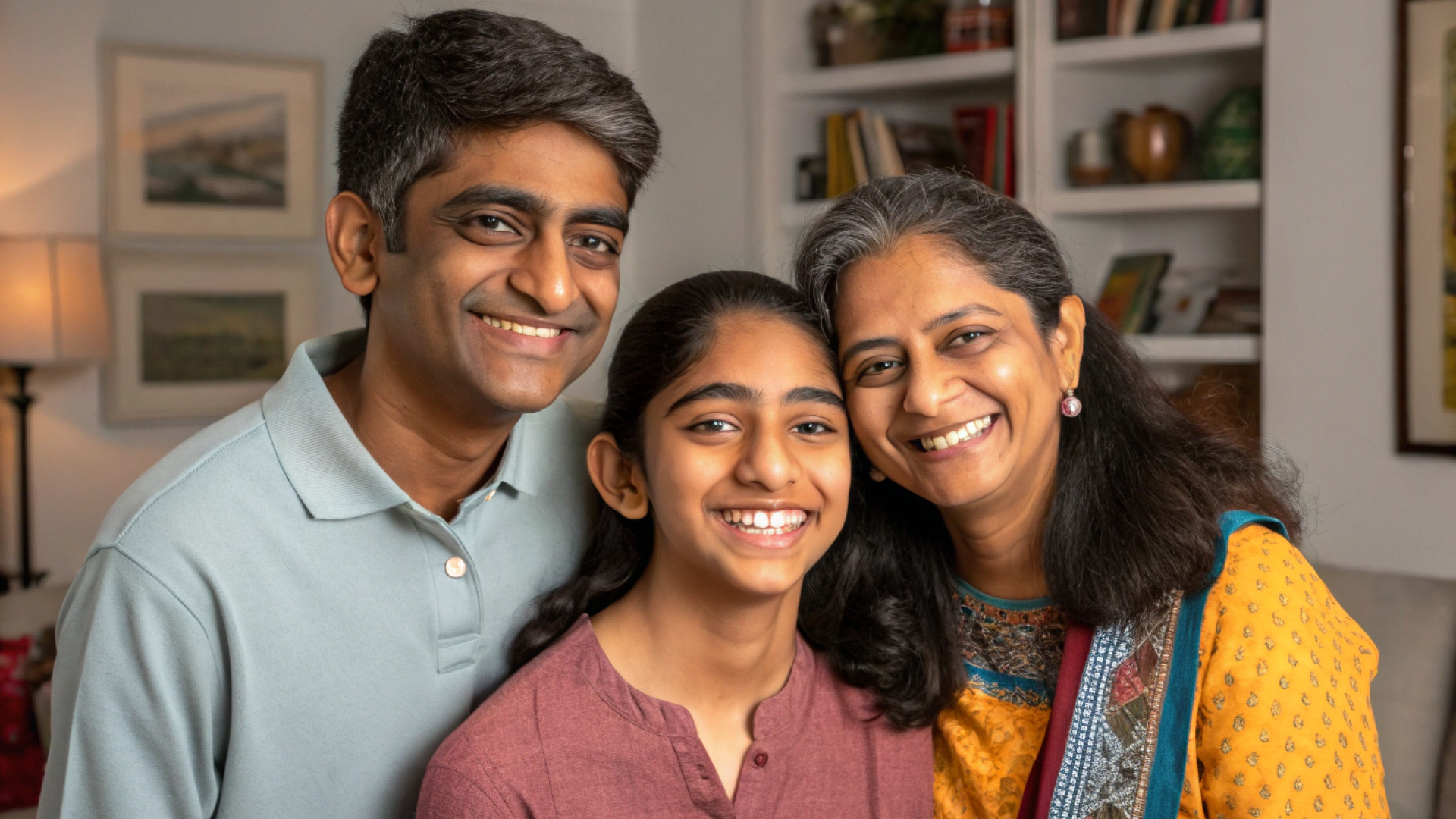


Studying abroad after Class 12 has become a top aspiration for many Indian students. It opens doors to global exposure, advanced education systems, and better career opportunities. However, one of the biggest concerns for families is the cost: from tuition fees to living expenses.
The good news? Hundreds of scholarships are available that can make this dream a reality. Whether you’re looking for full funding or partial financial aid, the right scholarship can ease your financial burden significantly.
Let’s break down what scholarships are available, how to apply, and what parents should know before starting this journey.
Understanding the different types of scholarships can help you find the best match for your child’s academic goals and financial needs:
These are offered either by the Indian government or foreign governments to support bright students studying abroad. They’re highly competitive but offer excellent coverage and credibility.
Good for families looking for: Comprehensive support, trusted programs, and reputable funding sources.
Many top universities abroad offer their own financial aid packages to attract talented international students. These may be automatic (based on grades) or require a separate application.
Good for families who: Know which university they’re applying to and want to reduce tuition and living costs directly.
These are offered by trusts, foundations, or corporate CSR programs. They vary in coverage but are often tailored for Indian students or specific fields like STEM, arts, or business.
Good for families who: Need financial support beyond what universities offer, especially for niche subjects or postgraduate plans.
Understanding how scholarships are awarded helps families apply more strategically:
Tip: Some scholarships use both criteria: strong academics plus demonstrated need.

Smart strategy: Apply for a mix of both fully funded and partial scholarships to maximise your chances and affordability.
Want to find out which scholarships you can apply for? Book a free counselling session today.
You’ll be able to shortlist universities with confidence when you know which scholarships align with your child’s profile and country preferences.

A step-by-step plan can help you avoid delays and increase your child’s chances of success:
Some scholarships do, these are called fully funded scholarships, and they cover tuition, living expenses, travel, and even insurance. Others are partial, covering only tuition or a portion of total costs.
To win a full scholarship and study abroad for free, students usually need:
Countries like Germany, Canada, UK, USA, Australia, and some in the EU offer full scholarships for Indian students through government, university, or private bodies.
Yes. Many universities offer partial scholarships covering 25–75% of tuition. These are more common and accessible with good grades and a strong application.
Navigating applications, scholarship deadlines, and SOP writing can feel overwhelming, but it doesn’t have to be. Flylane offers counselling sessions that help Indian students and families map out their university pathway and career goals, without the need to relocate. You’ll get clarity on which scholarships match your child’s academic profile, and guidance on how to apply successfully.
Looking for more help? Talk to our study abroad consultants to explore your scholarship options



